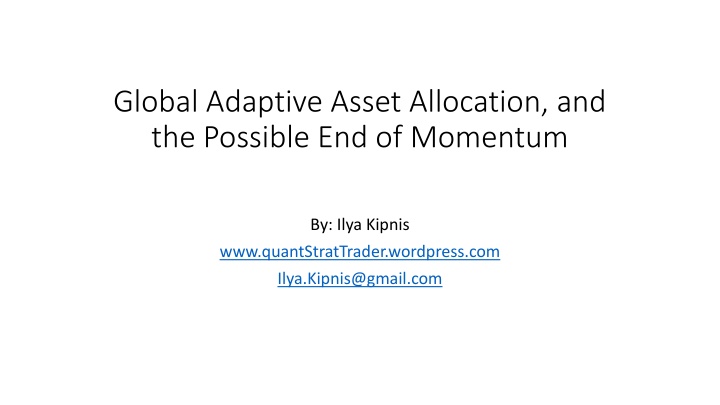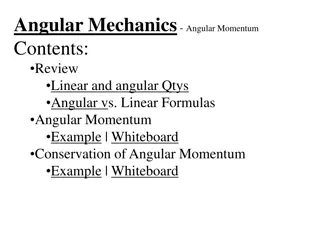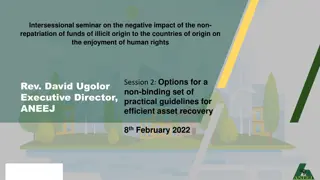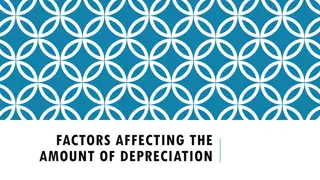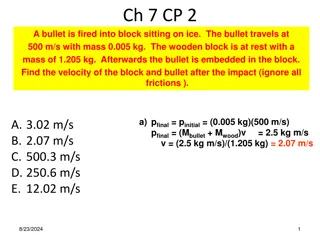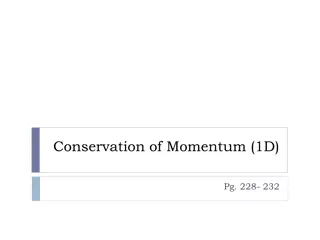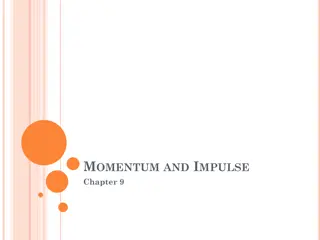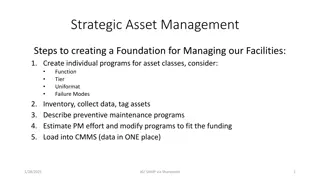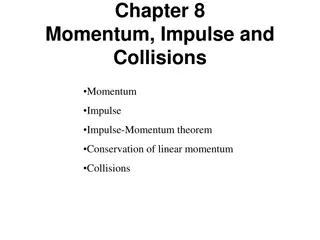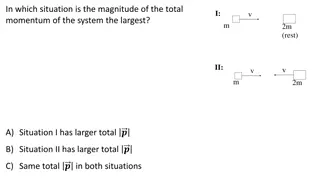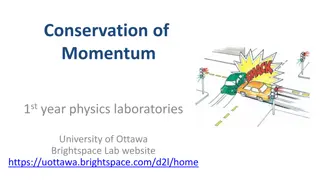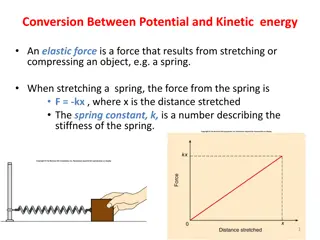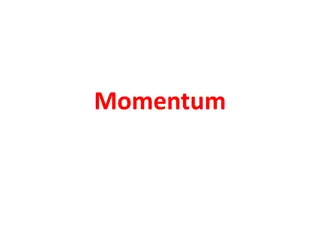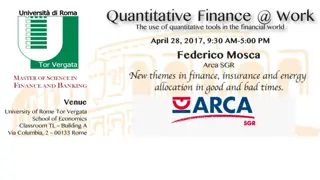Global Adaptive Asset Allocation and Momentum
Examining adaptive asset allocation strategies and the impact of momentum in investment portfolios. Explore the methodology, asset performance, risk management, and sharp ratio analysis for informed decision-making in financial management.
Download Presentation

Please find below an Image/Link to download the presentation.
The content on the website is provided AS IS for your information and personal use only. It may not be sold, licensed, or shared on other websites without obtaining consent from the author.If you encounter any issues during the download, it is possible that the publisher has removed the file from their server.
You are allowed to download the files provided on this website for personal or commercial use, subject to the condition that they are used lawfully. All files are the property of their respective owners.
The content on the website is provided AS IS for your information and personal use only. It may not be sold, licensed, or shared on other websites without obtaining consent from the author.
E N D
Presentation Transcript
Global Adaptive Asset Allocation, and the Possible End of Momentum By: Ilya Kipnis www.quantStratTrader.wordpress.com Ilya.Kipnis@gmail.com
The Assets (From Meb Fabers GAA book) Found in Faber 2015 Global Asset Allocation "SPY", "IWM", "EFA", "EEM", "LQD", "SHY", "IEF", "TLT", "BWX", "TIP", "DBC", "GLD", "VNQ"
The Methodology (ReSolve Asset Mgmt AAA) A general overview found in Butler, Philbrick, and Gordillo (2016) Adaptive Asset Allocation Momentum Mean-Variance Optimization Risk Management (of some sort)
Which Lookbacks Mattered? Risk management algos: inverse sample vol, normalized 1.25 max component ES, Varadi max decorrelation algo. Momentum lookback matters. Which risk management scheme used mattered (anything but EW). Variance/covariance lookback? Not so much.
Annualized Sharpe Ratio (Rf=0%) 0.0006701604 Final (In-Sample) Strategy (April 2002-Dec 2009) Equal Weight 3, 6, 9, 12 month momentum lookbacks using all 12 monthly lookbacks for risk management computation, with all three schemes (inverse vol, max ES normalization, Varadi). I.E.: allocate equally among all the permutations, indifferent to any particular one. Annualized Sharpe: 1.88 Deflated Sharpe Ratio P-value: .0006701604 Highly statistically significant evidence of non-random performance.
Out of Sample? Significant deterioration. In-sample statistics: 14.4% CAGR, 7.66% vol, 1.88 Sharpe Out-of-Sample: 5.59% CAGR, 7.94% vol, .7 Sharpe Blue: Out of Sample. Red: Faber (2015) Green: Adaptive Asset Allocation (2016)
Thank You Contact: ilya.Kipnis@gmail.com Blog/portfolio: www.quantStratTrader.wordpress.com
